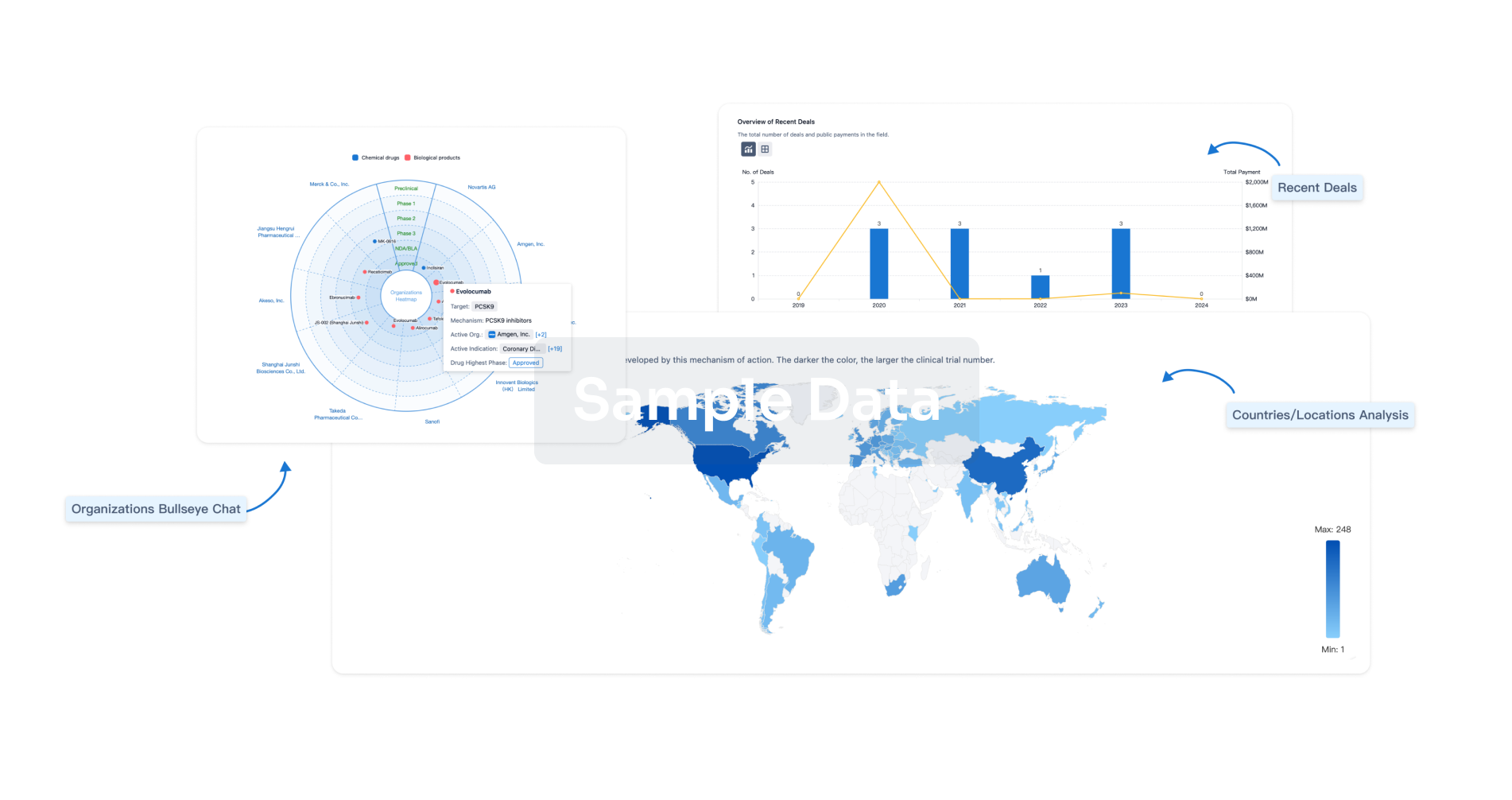Request Demo
Last update 08 May 2025
PRG3
Last update 08 May 2025
Basic Info
Synonyms Eosinophil major basic protein homolog, MBP2, MBPH + [5] |
Introduction Possesses similar cytotoxic and cytostimulatory activities to PRG2/MBP. In vitro, stimulates neutrophil superoxide production and IL8 release, and histamine and leukotriene C4 release from basophils. |
Related
100 Clinical Results associated with PRG3
Login to view more data
100 Translational Medicine associated with PRG3
Login to view more data
0 Patents (Medical) associated with PRG3
Login to view more data
40
Literatures (Medical) associated with PRG301 Jan 2025·Food Chemistry
Physicochemical and stability analysis of mung bean protein hydrolysates with lipid peroxidation inhibition
Article
Author: Hou, Peilin ; Li, Wei ; Yang, Tan ; Zhang, Yanqing ; Xie, Junbo
01 Dec 2024·Alzheimer's & Dementia
Multi‐ancestry Genome‐wide Gene‐Vascular Risk Factors Interaction Analyses in Alzheimer’s Disease
Article
Author: Wang, Yanling ; Cui, Zuoqiao ; De Jager, Philip L. ; Schneider, Julie A. ; Mayeux, Richard ; Farrer, Lindsay A. ; Biber, Sarah A ; Reyes‐Dumeyer, Dolly ; Mez, Jesse ; Brickman, Adam M. ; Bennett, David A. ; Jiménez‐Velázquez, Ivonne Z. ; Mejia, Diones Rivera ; Menon, Vilas ; Tosto, Giuseppe ; Chung, Jaeyoon ; Vardarajan, Badri N. ; Song, Zhengwei ; Kukull, Walter A. ; Lantigua, Rafael A. ; Medrano, Martin ; Kizil, Caghan ; Lee, Annie J.
12 Aug 2024·Translational Vision Science & Technology
Identification of Optic Nerve–Related Biomarkers in Primary Open-Angle Glaucoma Based on Comprehensive Bioinformatics and Mendelian Randomization
Article
Author: Wang, Aiqin ; Li, Juan ; Rao, Zixuan ; Dai, Qing ; Fan, Yuchen ; Zhao, Sijie ; Gao, Ziqing
Analysis
Perform a panoramic analysis of this field.
login
or

AI Agents Built for Biopharma Breakthroughs
Accelerate discovery. Empower decisions. Transform outcomes.
Get started for free today!
Accelerate Strategic R&D decision making with Synapse, PatSnap’s AI-powered Connected Innovation Intelligence Platform Built for Life Sciences Professionals.
Start your data trial now!
Synapse data is also accessible to external entities via APIs or data packages. Empower better decisions with the latest in pharmaceutical intelligence.
Bio
Bio Sequences Search & Analysis
Sign up for free
Chemical
Chemical Structures Search & Analysis
Sign up for free